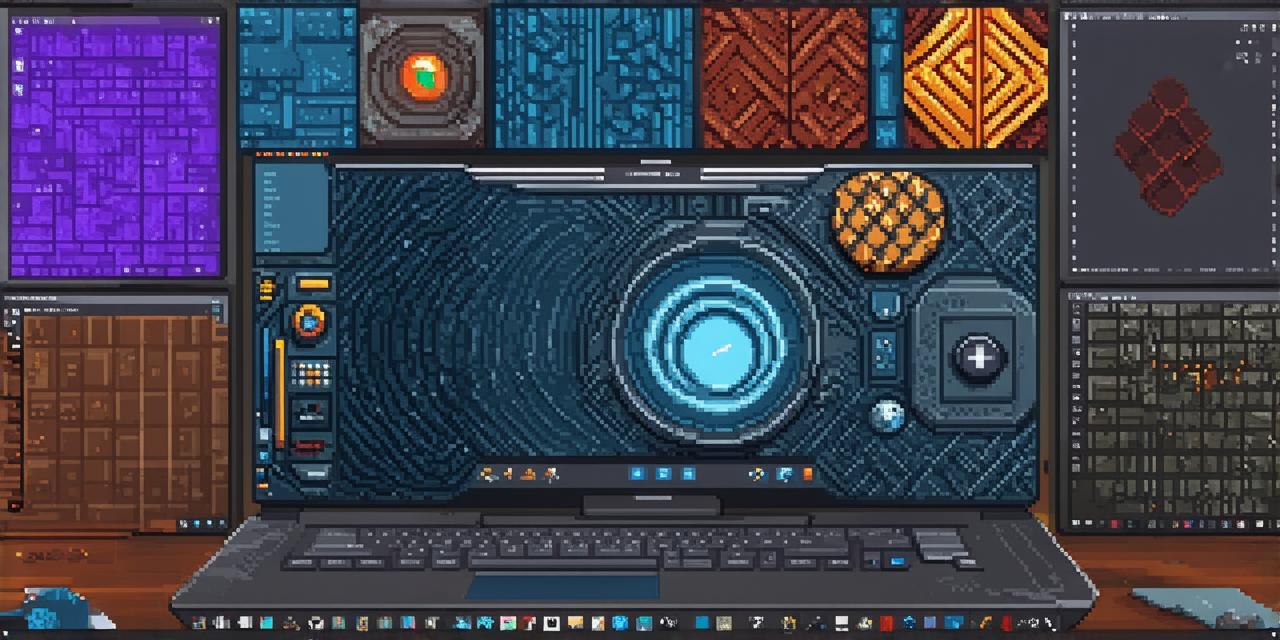Creating a video game can be an exciting and rewarding experience, but it requires knowledge and skill. In this guide, we will walk you through the process of making a video game on your computer step by step. We will cover everything from choosing the right software to designing the game mechanics and creating the graphics.
Choosing the Right Software:
The first step in making a video game on your computer is choosing the right software. There are many game development software options available, each with its own unique features and capabilities. Some popular options include Unity, Unreal Engine, Construct 3, and Godot.
Unity is a popular game development engine that is easy to use and has a large community of developers. It supports both 2D and 3D game development and has a wide range of features and tools. Unreal Engine is another popular choice that is known for its high-performance graphics and support for virtual reality (VR) development.
Construct 3 is a beginner-friendly game development platform that allows you to create games using visual programming. Godot is an open-source game engine that offers a lot of flexibility and customization options.
Designing the Game Mechanics:
Once you have chosen your software, the next step is to design the game mechanics. This involves deciding on the rules and objectives of the game, as well as how the player will interact with the game world.
When designing your game mechanics, it’s important to consider player engagement and how players will be motivated to continue playing the game. You should also think about how the different elements of your game will work together and fit together as a whole. It’s helpful to create a storyboard or flowchart of your game design to visualize how the game will flow.
Creating the Graphics:
Once you have designed the game mechanics, the next step is to create the graphics for your game. This includes creating characters, environments, and other game assets that will be used in the game.

The graphics should be visually appealing and fit with the overall style of the game. It’s important to choose the right type of graphics for your game, whether it’s 2D or 3D.
If you are new to game development, it might be helpful to use pre-made assets that are available in your software package. These can include characters, backgrounds, and other elements that you can customize to fit your game. As you become more experienced with game development, you can start creating your own graphics from scratch using specialized software like Blender or Maya.
Programming the Game:
Once you have designed the game mechanics and created the graphics, it’s time to program the game. This involves writing code that will control how the game works and respond to player input.
There are many programming languages that can be used in game development, each with its own strengths and weaknesses. Some popular languages include C, Python, JavaScript, and HTML5. It’s important to choose a language that fits your needs and skill level. If you are new to game development, it might be helpful to start with a beginner-friendly language like Python or JavaScript.
